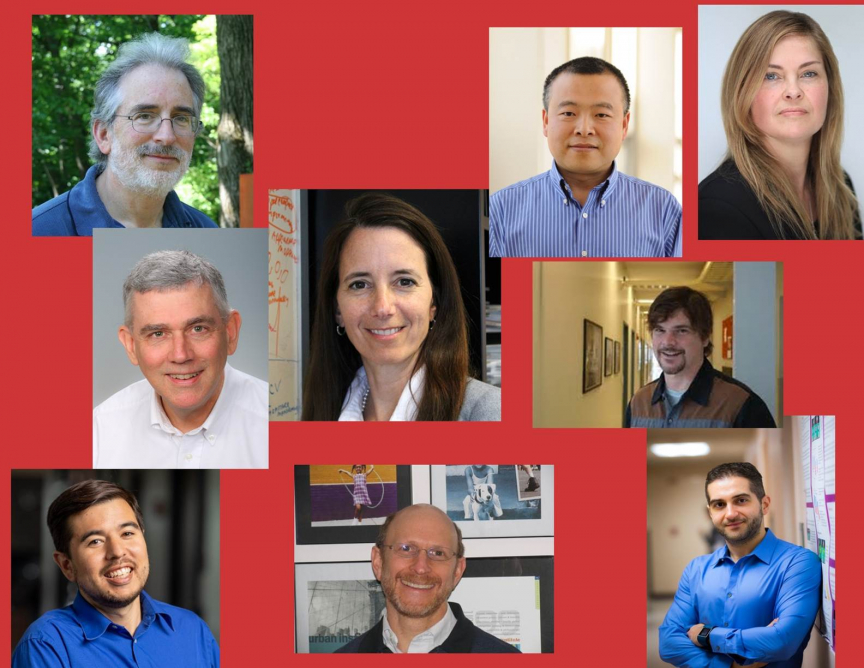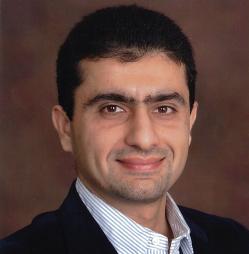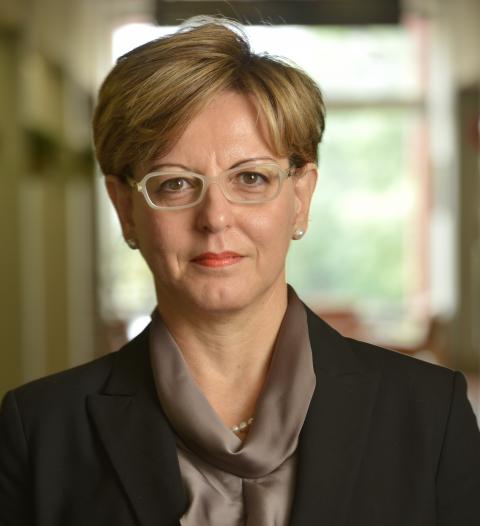Rutgers Awarded $3M NSF Grant to Develop Robots of the Future
A $3 million National Science Foundation grant will help Rutgers train graduate students to develop robots for the future that integrate technology, computer science and machine learning with social and behavioral sciences like psychology, cognitive science and urban policy planning.
“The students may come from a technology background or from a social science background for this unified training of interdisciplinary skills,” said Kristin Dana, professor of electrical and computer engineering in the School of Engineering, who has assembled an interdisciplinary team of faculty spanning five departments and three schools. “We are at a point in technology where robotics may soon be part of everyday life and work but we want robots to be developed in a way that they can adapt to human needs and desires, rather than the other way around.”
The first major traineeship grant awarded to the School of Engineering is called Socially Cognizant Robotics for a Technology Enhanced Society (SOCRATES). Its mission is to converge socially aware technologists and technology aware social scientists into socially cognizant roboticists, Dana said.
The program will focus on semiautomated systems capable of performing daily life through the Robotics for Everyday Augmented Living (REAL) program, and is expecting to train over 35 graduate students initially across the academic units of engineering, computer science, behavioral sciences, and public policy. Trainees will engage in fundamental research to understand and model the social dimensions of robot deployments and advance the long-term goal of dignified living and working in a technologically enhanced society. Some 100 students will benefit from some component of the program over the next five years.
The participants will be trained in the technology available for building and controlling robots; collecting and learning from large data sets; designing socially cognizant systems; and planning for a positive societal impact while mitigating unintended consequences.
“We plan to do experiments using our Rutgers Robotics Live Lab with key application domains like strength and mobility, recycling and trash collection, food preparation and smart buildings,” Dana said.
A multifaceted approach will be used to recruit students from various disciplines, including the student-led robotics club that focuses on a novice-to-expert (N2E) strategy used to motivate and help students who want to learn disciplined robotics but have no prior experience.
By taking the intimidation factor out of learning a new coding skill, Dana said the N2E student-led modules are welcoming to beginners and encourage participation. The NRT recruitment strategy will also include a Faculty Talk-it-up Robotics Series for recruiting underrepresented populations. The program will also coordinate internships that are aligned with changing workforce and research needs.
Dana and her team worked on their SOCRATES proposal for two years.
Meet the Core Research Team

From left to right: (top row): Jacob Feldman, Jingang Yi, Pernille Hemmer; (center): Clinton Andrews, Kristin Dana, Matthew Stone; (bottom): Aaron Mazzeo, Hal Salzman, Kostas Bekris
Kristin Dana, professor of electrical and computer engineering, School of Engineering; Kostas Bekris, associate professor, computer science department, School of Arts and Sciences;
Clinton Andrews, professor of urban planning and associate dean for research, Edward J. Bloustein School of Planning and Public Policy; Jacob Feldman, professor of psychology and cognitive science, School of Arts and Sciences; Jingang Yi, professor of mechanical and aerospace engineering, School of Engineering; Pernille Hemmer, associate professor of psychology and cognitive science, School of Arts and Sciences;
Aaron Mazzeo, associate professor of mechanical and aerospace engineering, School of Engineering; Hal Salzman, professor of planning and public policy, Edward J. Bloustein School of Planning and Public Policy; Matthew Stone, professor and department chair of computer science, School of Arts and Sciences; Kathy Haynie, director of Haynie Research and Evaluation and the team’s external evaluator on STEM education.
Story by Marisol Seda for Rutgers Today.






